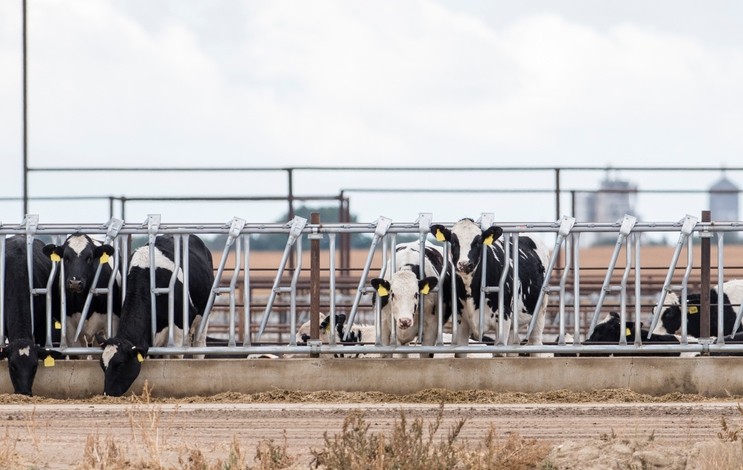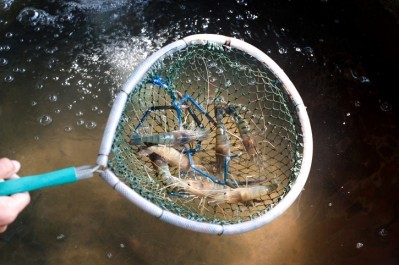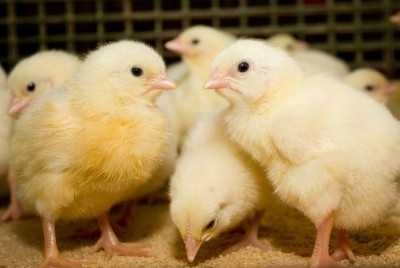US researcher tracks alternative preventatives for cattle liver disease

We caught up with T.G, Nagaraja, distinguished professor at Kansas State University, regarding his ongoing work to address the development of liver abscesses in feedlot cattle at One: the Alltech Ideas Conference. He presented on the topic at the event.
The work on ways to prevent liver abscesses caused by bacteria including fusobacterium necrophorum started with preparations for a class on rumen digestion problems, he said. “When I was preparing to teach that spot, that was when I found this liver abscess problem, this was about 30 years ago and it intrigued me – how could the bacteria in the rumen of cattle that have a beneficial role to play, once they cross the rumen and reach the liver become [problematic]?” he added.
“In Kansas, where the feedlot industry and beef cattle is the number one agricultural industry, cattle fed high grain diet have more digestive problems than cattle on grass,” he told us. “It’s because grain is highly fermentable, digestible in the rumen so microbes degrade faster and produce a lot of acid and that leads to a lot of those problems.”
The disease can be hard to diagnose in cattle, and abscesses may be hard to see on a diagnostic scan, he said. However, they have been linked to reductions in average daily gain and financial loss for producers.
Feed intake may drop about 5%, while daily gain falls 9% and the gain to feed ratio is down 6%, said Nagaraja in the presentation. Holsteins are considered more likely to develop the disease, possibly because many male Holstein cows are on feed for a longer period of time – 200-300 days rather than 120-150 days.
“It costs about $40-60m to the packer and $30-50m to the producer in terms of performance impact, but not all liver abscesses are equal,” he said. Some of the types seen are worse than others, and those rated A+ are considered to be the worst and result in significant financial losses for production.
Antibiotic concerns
Many cattle are given a daily dose of the antibiotic Tylosin in the feed for a three to five month period in an attempt to prevent the development of the lesions, said Nagaraja.
There are some questions as to how long that method will remain an option as regulations governing antibiotic use continue to tighten.
“The FDA has left Tylosin alone as there’s no other method to prevent liver abscesses,” he said. However, it appears that this may be a window for the industry to see if alternatives could be developed, he added.
“Until 2017 [when the US Veterinary Feed Directive started] as long as Tylosin [worked] – nobody complained about it and the industry never bothered about liver abscesses because, ‘We can always feed Tylosin and it can manage it,’” he said. “But once Tylosin became an issue, then liver abscess became a major issue because everybody is scrambling to say what can we do to replace antibiotics and we haven’t found it yet.”
Developing alternatives
One factor that researchers of alternative methods for reducing the risk of lesion development have to be mindful of is the economic return for cattle producers, said Nagaraja.
“The bottom line in the feedlot industry is feed to gain conversion – how many pounds you have to give an animal to get a pound of beef,” he said. “The lower the feed cost the more profitable it is, and when you add roughage and reduce gain, then you increase the feed costs because you have to feed longer to reach the same body weight – particularly when you’re feeding 100,000 cattle.”
Typically, feedlots use about 5% to 7.5% roughage in their diets, and most don’t want to go higher because it would reduce cattle efficiency and roughage is more expensive, he said. “If you went up to 15% you might see a reduction in liver abscesses, but the problem is it also affects their profitability,” he added.
“Forage would be a solution, but it’s not very practical for a producer,” he said. “Another would be grain by-products, particularly distillers grains because distillers grains don’t have any starch – they’re high in protein and fat and provide energy and fat – if you feed distiller grains you have less liver abscesses but again you can’t feed more than 20-30% of the diet.”
There also has been work done on developing two types of vaccines to protect cattle against the bacteria once they leave the rumen, said Nagaraja. The first targeted a toxin produced by the bacteria that protects it from a cow’s immune system and was, at one point, available on the market.
“When the producer has the choice of feeding an antibiotic in the feed or to vaccinate they go by cost first,” he said. “The vaccine was more expensive than feeding the antibiotic every day for 3-5 months and so as long as the antibiotic was available, the producers decided they didn’t want the vaccine.”
A new vaccine is being developed to provide antibodies for the bacteria when it reaches the liver, and ones focused on preventing the bacteria from attaching to the lining of the rumen, he said.
“So our goal is to have a two-prong approach, one would be to prevent attachment and the second would be to neutralize the Leukotoxin they produce, that way the bacteria will not be able to survive,” he said
Additionally, some essential oils have been found to reduce the amount of the bacteria that cause the abscesses, said Nagaraja. But most are not as effective as the antibiotic currently used.
“Some are showing they’re effective against fusobacterium – so there is some indication that if you feed essential oils it does reduce liver abscess, but not as dramatically or as effectively as Tylosin,” he said. “That area of research is still ongoing. In fact, we had a project with Alltech to look at different essential oil combinations because combinations might be more effective.”
That research project remains a work in progress, he added.















